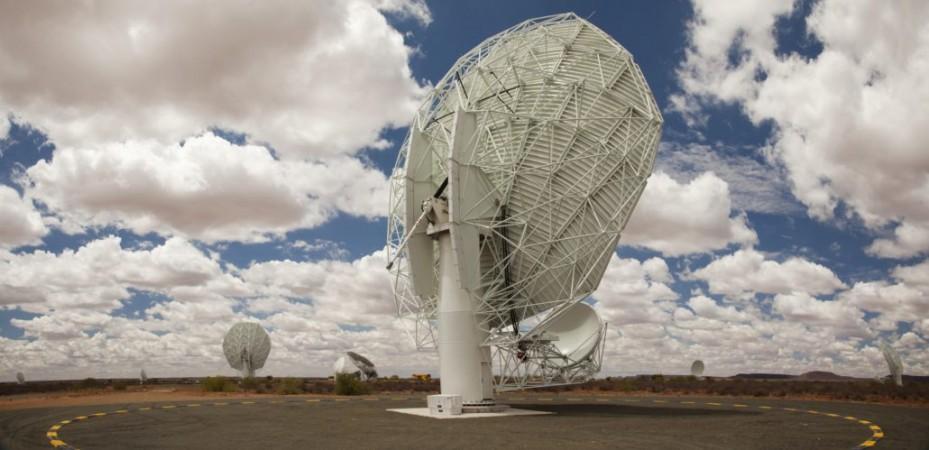
We had recently reported that the most advanced new radio telescope to date, MeerKAT has been inaugurated at the South African town of Carnarvon and now it has begun its operations as well. MeerKAT, in its first few days of operation, has already managed to snap a stunning image, which is said to be the clearest image of the centre of our galaxy so far.
The image features a blazing area that is surrounded by the supermassive black hole, which is located at the absolute centre of Milky Way, near about 25,000 light-years away.
The picture shows incredible details that no one has seen before. It provides the experts with a better view of the previously known supernova leftovers, the regions that are known to form stars and the strange filament-like structures that can only be found near the central black hole and nowhere else in the entire galaxy. These structures were first spotted in the 1980s, however, the source of these structures are still unknown to the scientists.

"This image is remarkable. It shows so many features never before seen, including compact sources associated with some of the filaments, that it could provide the key to cracking the code and solve this three-decade riddle," stated one Farhad Yusef-Zadeh from the Northwestern University in Illinois. He is a leading expert on those filament-like structures.
This spectacular new image, however, is one of the many new views of the universe that MeerKAT has captured. This image proves that MeerKAT is going to become one of the most significant tools in the future for capturing the condition of the Milky Way's centre most aptly.
It's basically one of those areas that are extremely difficult to take a look at, as it is located behind the Sagittarius constellation and is enveloped by gas clouds and dust. Now, this telescope MeerKAT is capable of looking through these clouds; it can spot the radio wavelengths, which can pierce through them.
"We wanted to show the science capabilities of this new instrument. The centre of the galaxy was an obvious target: Unique, visually striking and full of unexplained phenomena—but also notoriously hard to image using radio telescopes. Although it's early days with MeerKAT, and a lot remains to be optimized, we decided to go for it—and were stunned by the results," said Fernando Camilo.
Camilo is South African Radio Astronomy Observatory's chief scientist. The same organization that built and now will operate the telescope.








